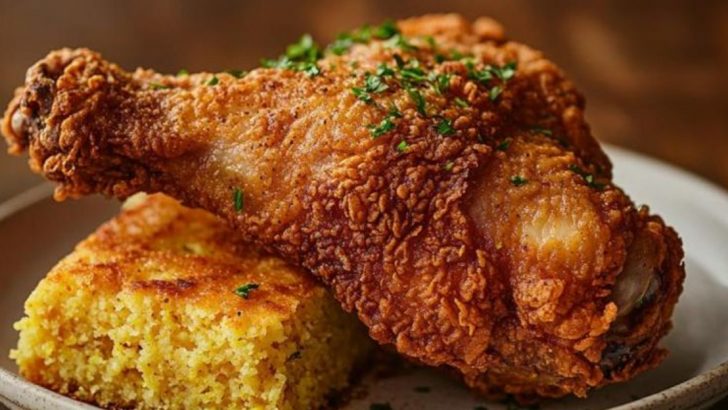Leftovers can be lifesavers—but not every dish is meant to make a comeback. Some lose flavor, some turn soggy, and others might even pose a health risk.
This list breaks down 15 foods you should skip reheating, plus 5 that taste just as good (or better) the second time around.
Whether you’re meal prepping or cleaning out the fridge, these tips can save your lunch—and your stomach.
1. Fried Chicken

Crispy turns to rubbery when reheated. The breading gets soggy, and the meat can become dry or stringy.
Air frying helps a bit, but for the crunch you crave, fresh is best. Cold fried chicken, though? Surprisingly delicious.
2. Scrambled Eggs

Reheated eggs develop a funky texture and often smell sulfuric. They also lose their fluffy lightness and taste overcooked.
Cold egg sandwiches hold up better. Otherwise, make fresh—scrambling takes just minutes.
3. Sushi
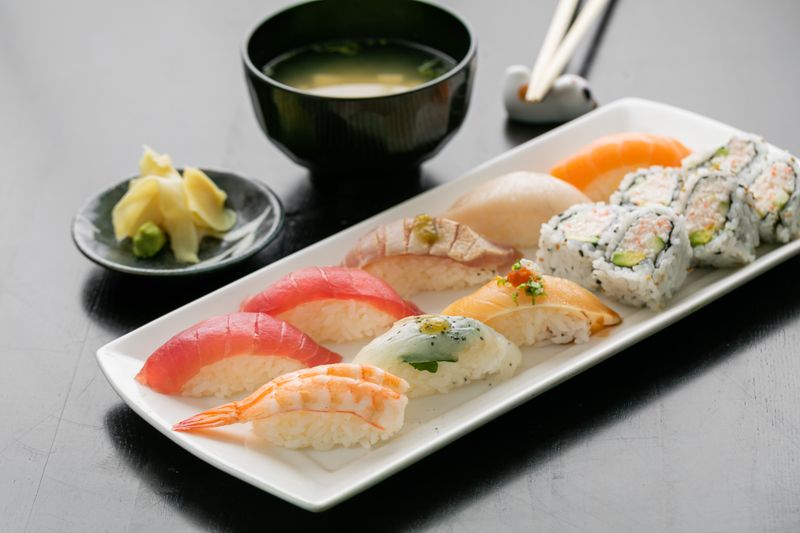
Sushi-grade fish loses texture and flavor when warmed. Rice dries out or turns gummy, ruining the balance.
Leftover sushi is safest eaten cold, and only within a day. Trust your nose before you bite.
4. Spinach
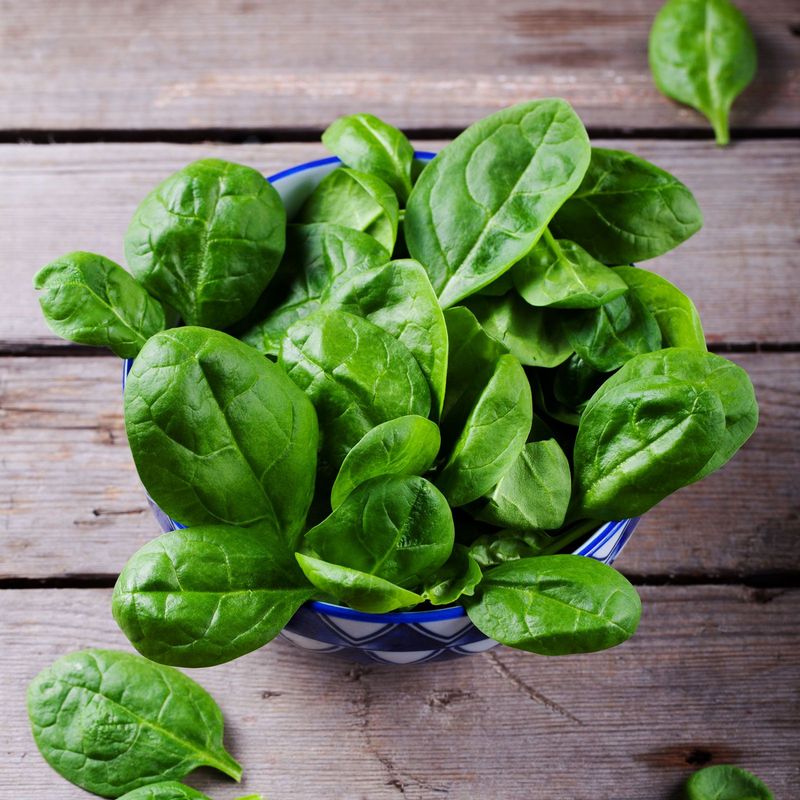
Reheating spinach can create harmful nitrates, especially in microwaves. It also wilts into a dark, slimy mess.
It’s best tossed into a smoothie or eaten cold in a wrap. Heat once, then move on.
5. Rice
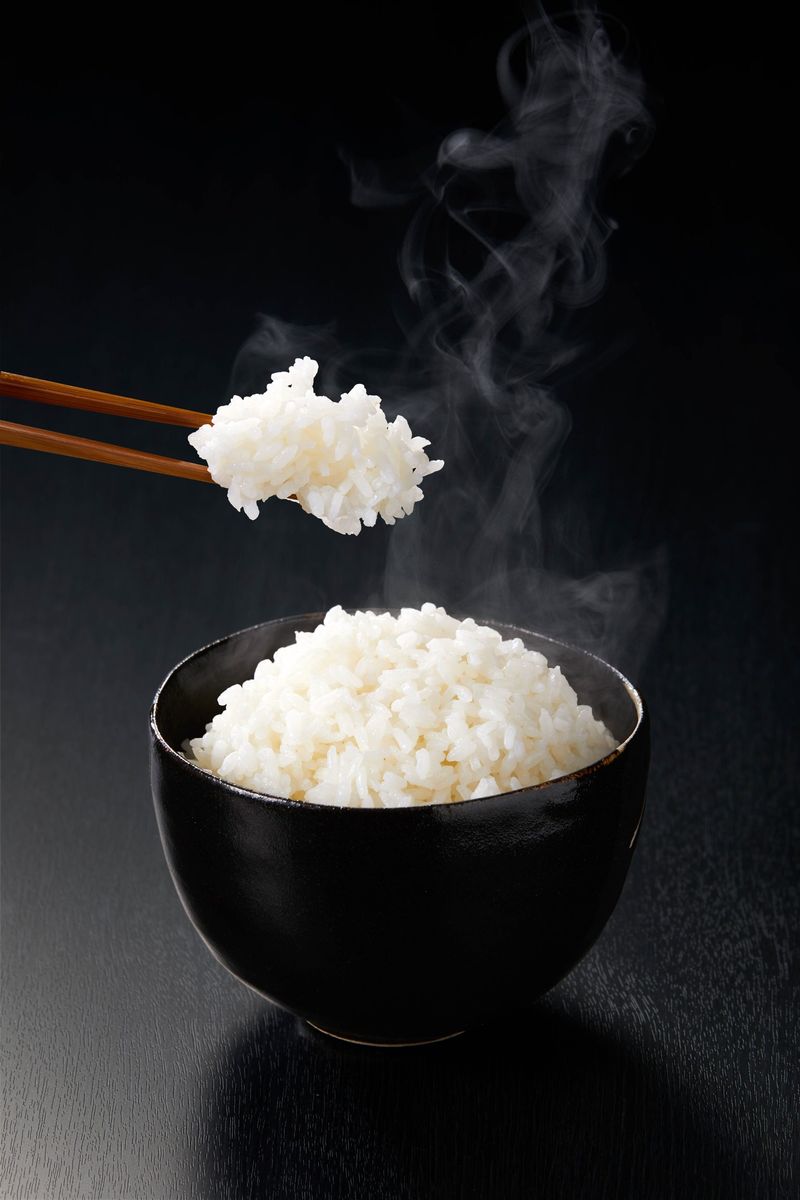
Leftover rice can harbor bacteria if cooled or stored improperly. Reheating doesn’t always kill the spores.
Cool quickly, store in the fridge, and reheat thoroughly if you must. Better yet, turn it into fried rice right away.
6. Fish
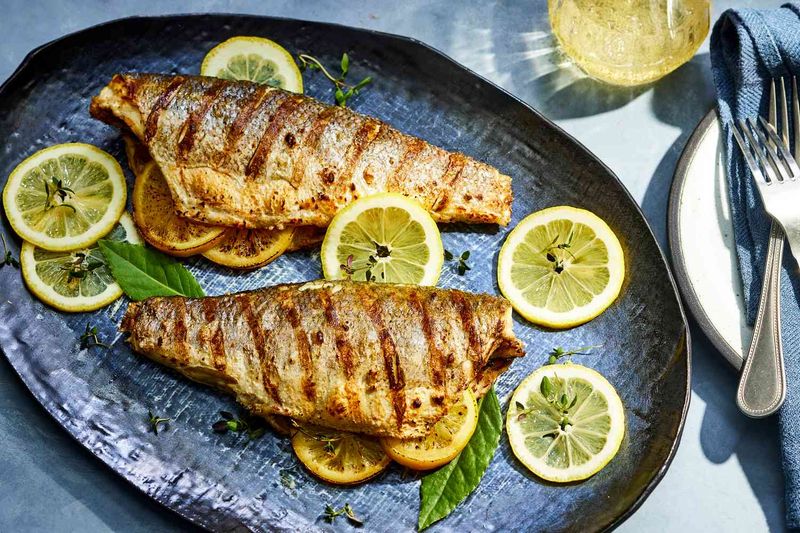
Delicate fish becomes dry, fishier, and overly strong in aroma when reheated. The flavor intensifies in the wrong way.
Eat it cold in a salad or sandwich instead. If you reheat, go low and slow.
7. Bacon

Once crisped, bacon turns tough or chewy in the microwave. Reheating can dull the smoky, salty edges.
Crumble it cold over salad or soup. Or re-crisp in a hot pan for just a few seconds.
8. Pasta With Cream Sauce
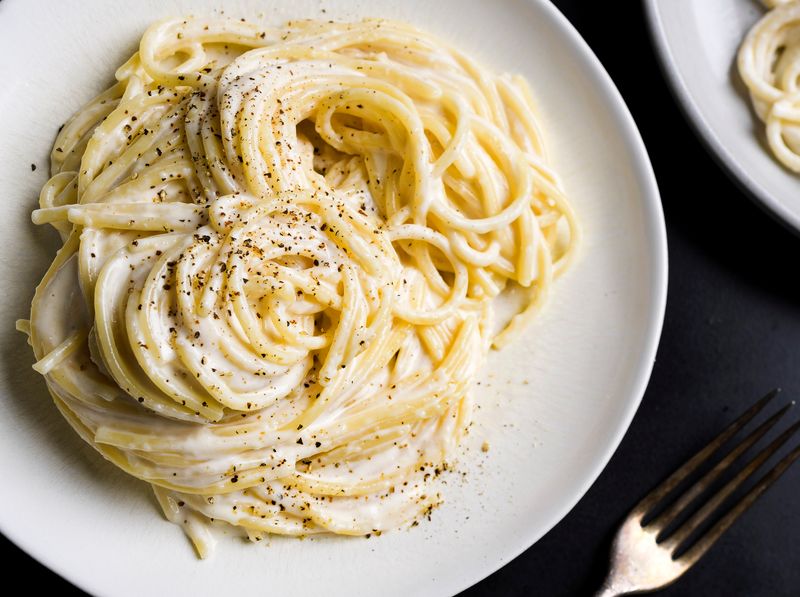
Cream sauces break apart when reheated, separating into oily puddles and clumps. The texture turns gritty, not silky.
If you must reheat, add a splash of milk and stir gently over low heat.
9. Lettuce
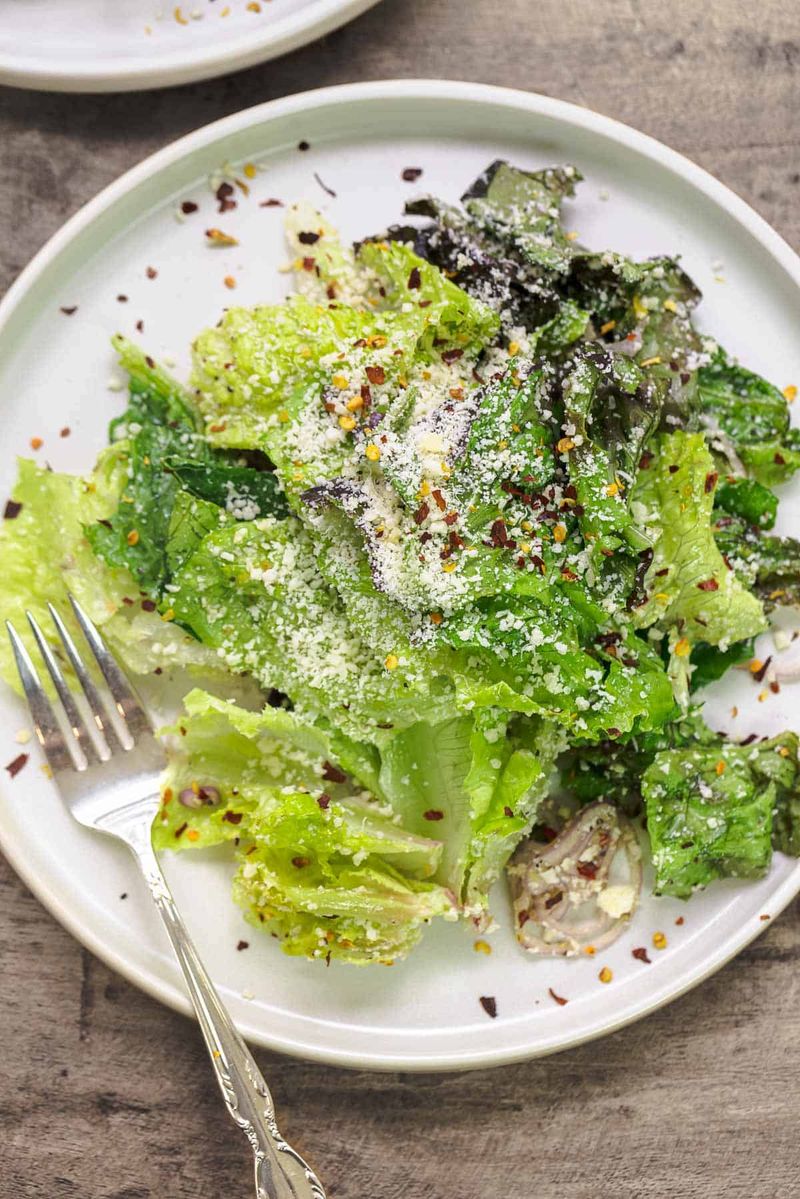
Lettuce wilts and turns bitter when heated. The water content steams it into mush almost instantly.
Just don’t. Use it cold, or discard it and rebuild your salad fresh.
10. Mashed Potatoes

Reheated mashed potatoes can get gummy or crusty, depending on the method. Microwaves dry them out quickly.
Add milk and butter, then warm gently on the stove for best results—or turn leftovers into potato pancakes.
11. Pizza With Lots Of Toppings
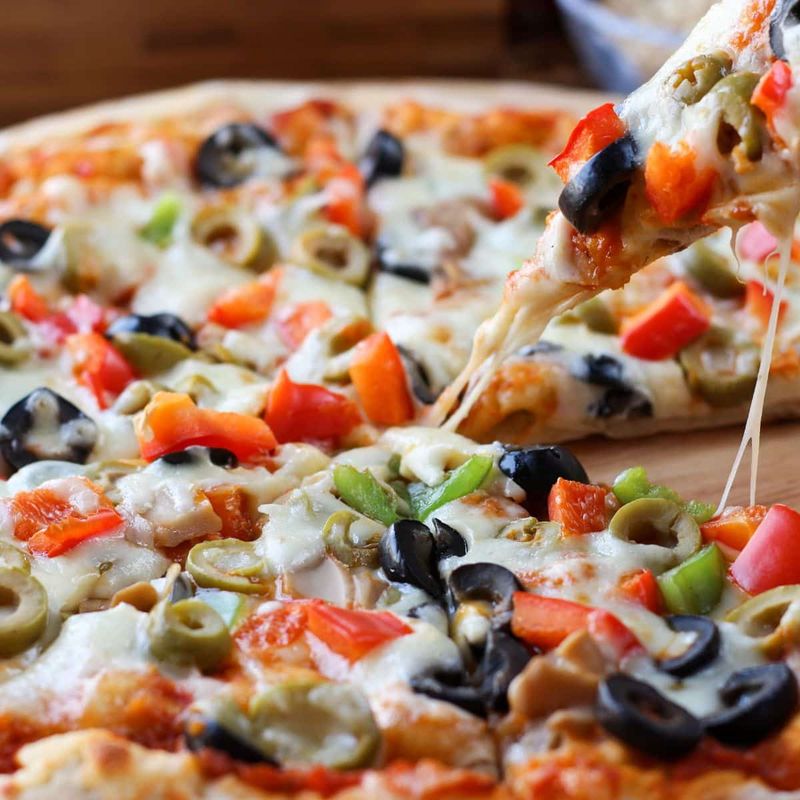
Multiple toppings make pizza soggy and hard to reheat evenly. The crust stays limp, the cheese overheats.
Reheat in a skillet or oven to revive the crust, but even then, it won’t be quite the same.
12. French Fries
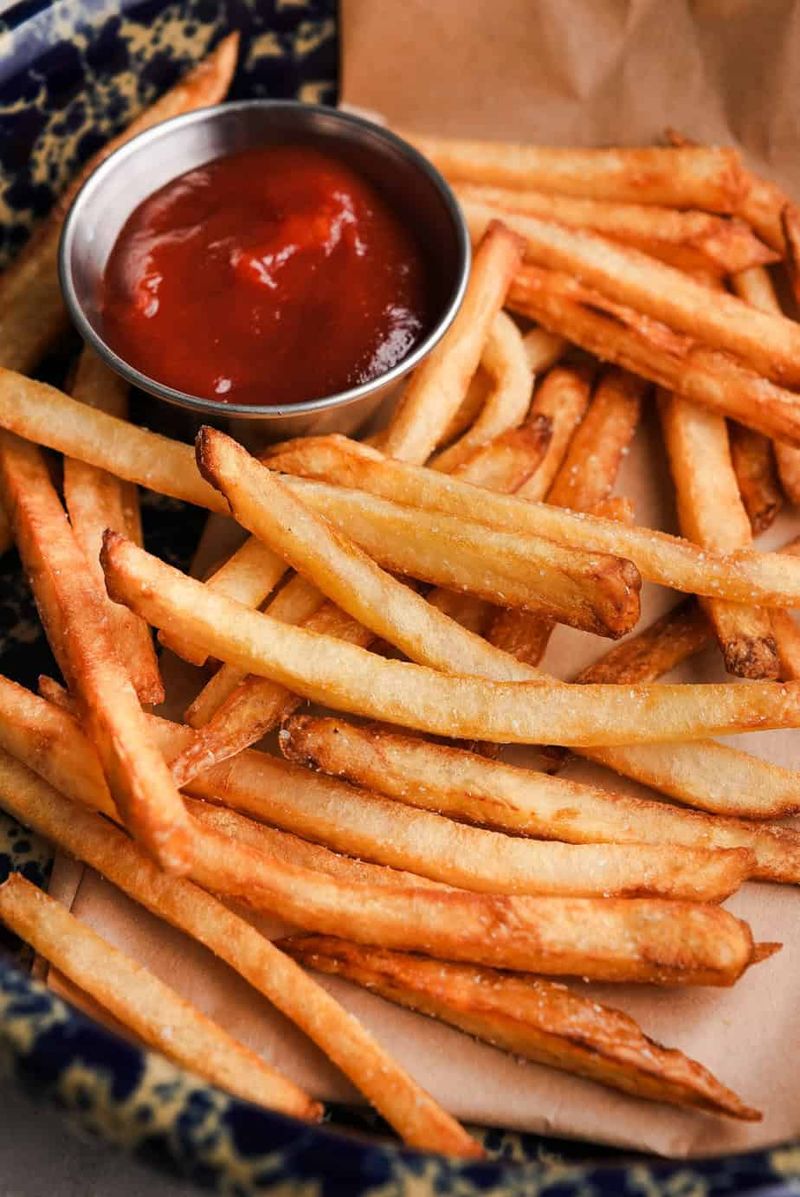
Microwave fries are limp and lifeless. Even the oven often struggles to bring them back to crisp.
Air fryers do a decent job, but for true crunch, make fresh or finish the batch while they’re hot.
13. Roasted Vegetables

Reheated roasted veggies lose caramelization and become mushy. The deep, roasted flavor fades fast.
Use leftovers in soup or salad, or roast new batches in small portions to enjoy them crisp.
14. Shellfish
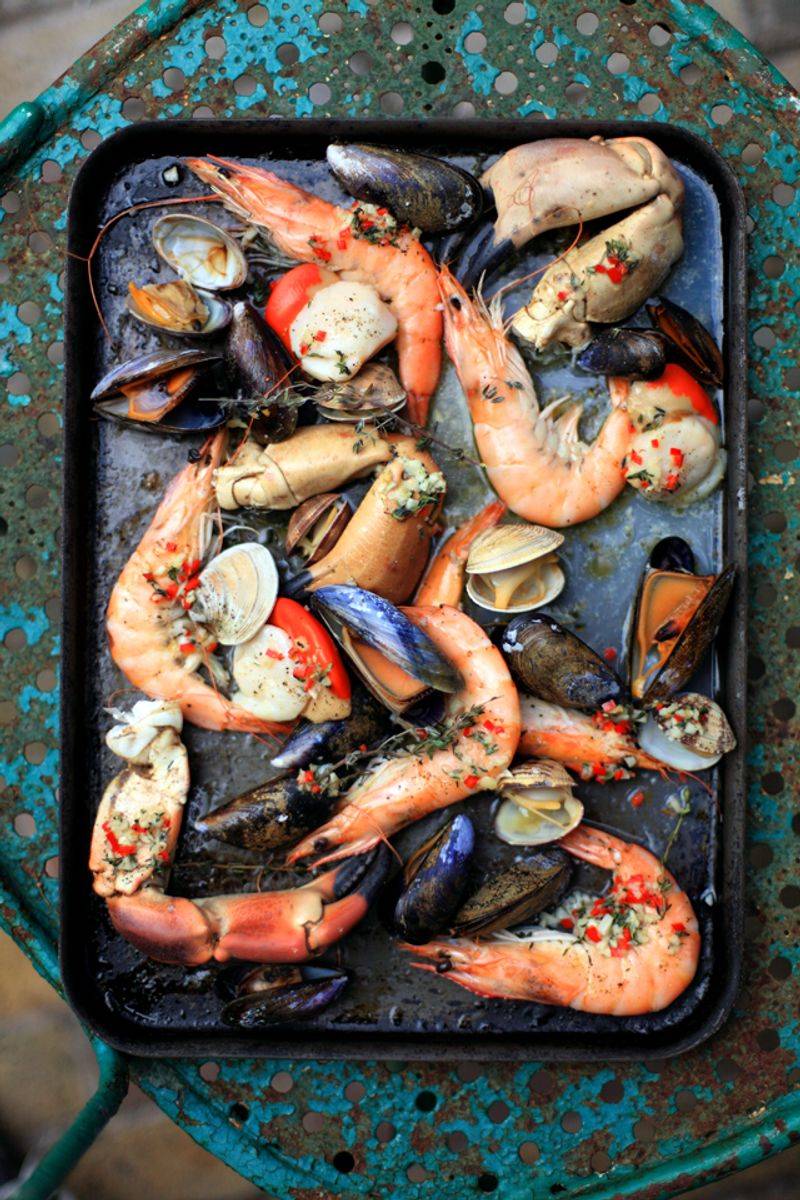
Reheating shrimp, scallops, or mussels can make them rubbery and overcooked. The flavor turns briny and too strong.
Enjoy chilled in salad or seafood cocktail. Heat only once—and very gently—if absolutely needed.
15. Hard-Boiled Eggs
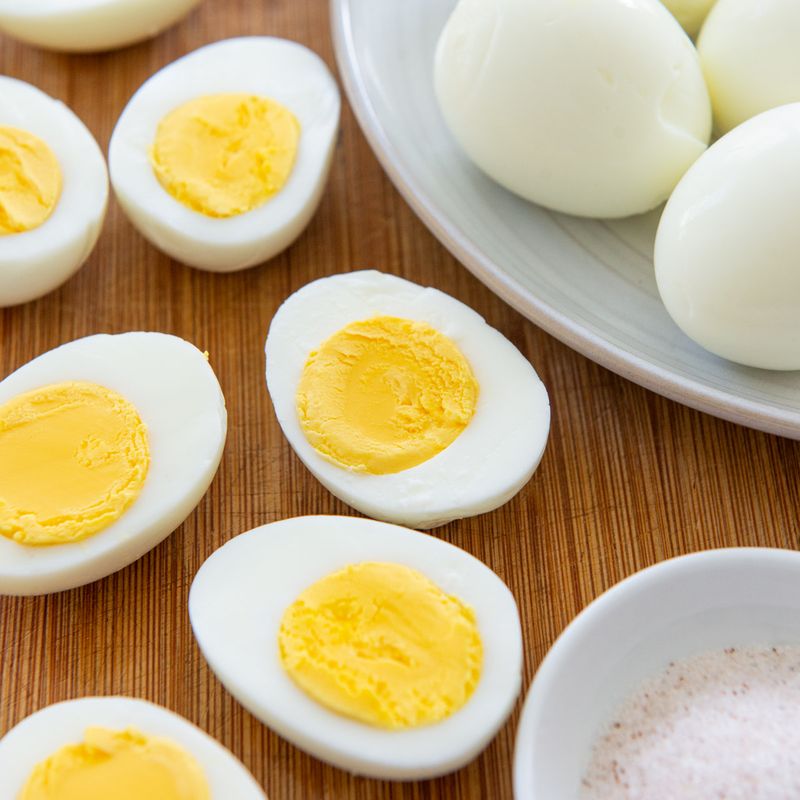
When reheated, the yolk develops a chalky texture and the white turns rubbery. The smell gets unpleasant, too.
Better eaten cold with salt, or chopped into egg salad. Never microwave in-shell—they can explode.
16. Stews
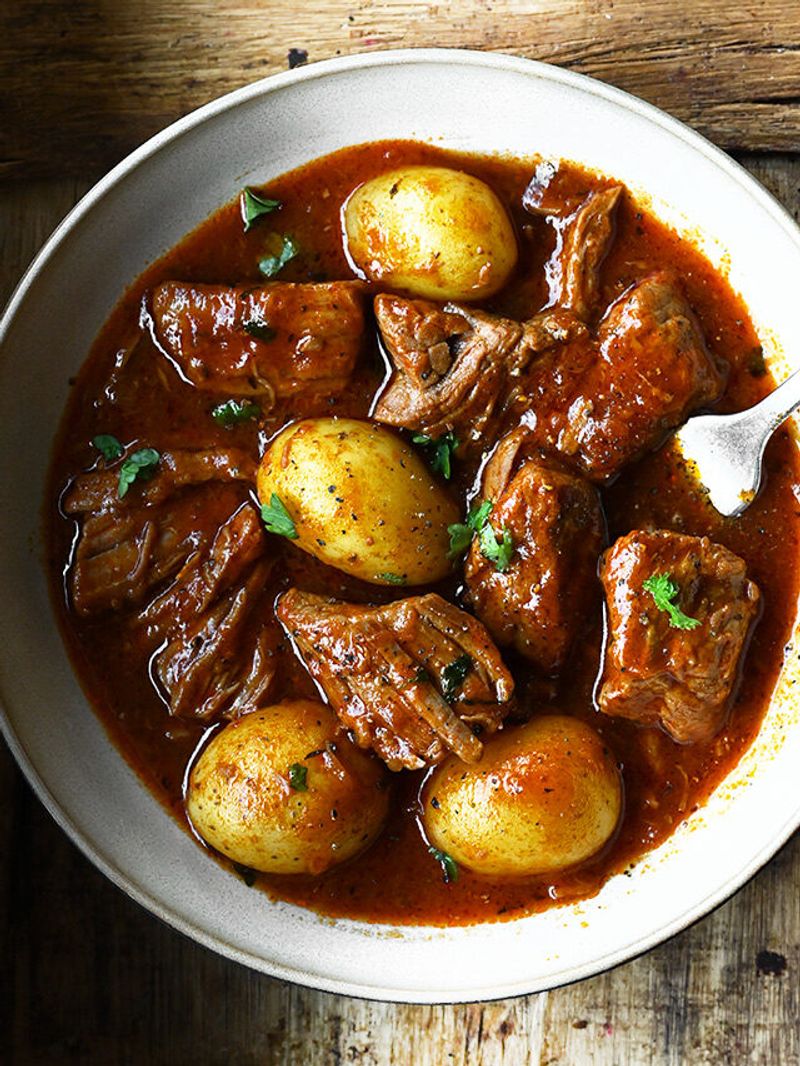
Stews are slow-cooked and forgiving, which makes them ideal leftovers. Flavors deepen overnight and texture stays intact.
Reheat on the stove for even warmth and richer taste the second time around.
17. Chili

Chili thickens and develops bolder flavor as it sits. Beans hold up well, and spices mellow nicely.
Microwave or simmer on low, stirring occasionally. Serve with fresh toppings for a rebooted meal.
18. Cooked Grains

Rice, quinoa, bulgur, and couscous all reheat beautifully with a splash of water or broth.
They stay tender and adapt easily to new sauces or stir-fries.
19. Pasta With Tomato Sauce
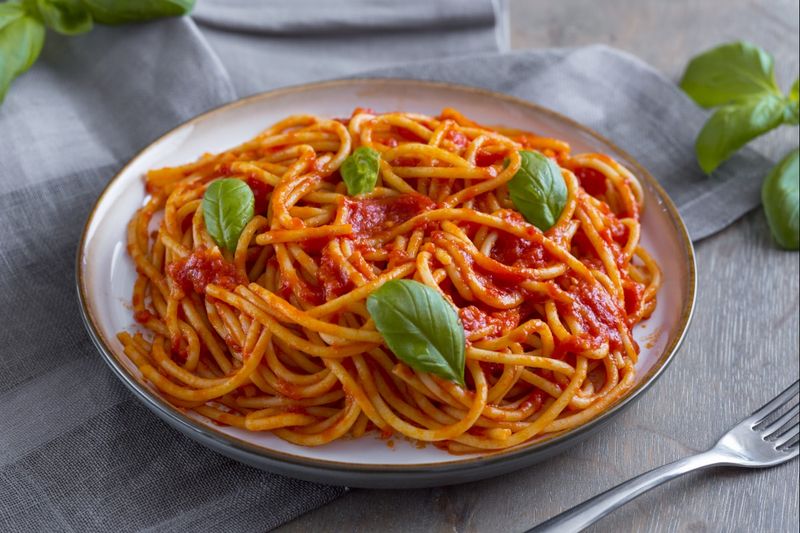
Tomato-based pastas reheat well, often becoming more flavorful. The starch in the pasta helps absorb more sauce.
Add a little water and microwave gently or warm in a pan.
20. Baked Casseroles
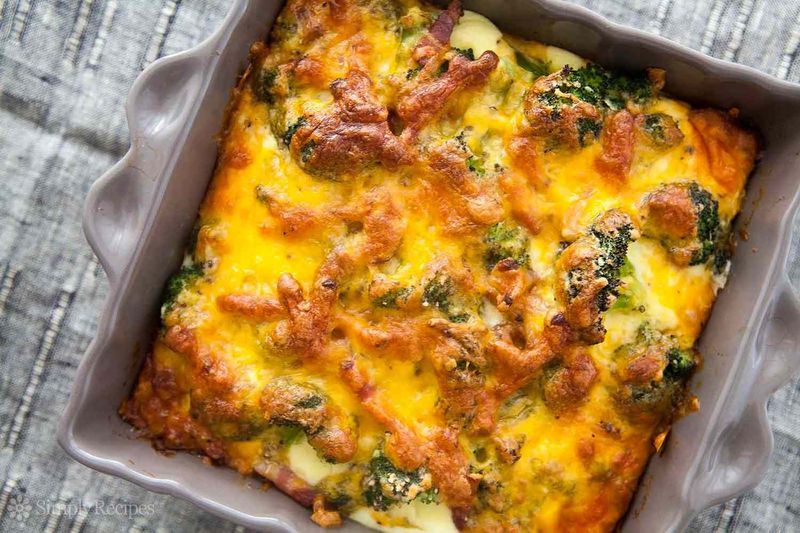
Casseroles often taste better the next day as flavors blend. Layers reheat evenly and remain satisfying.
Cut into portions and heat covered for best texture. Bonus: no extra prep needed.

